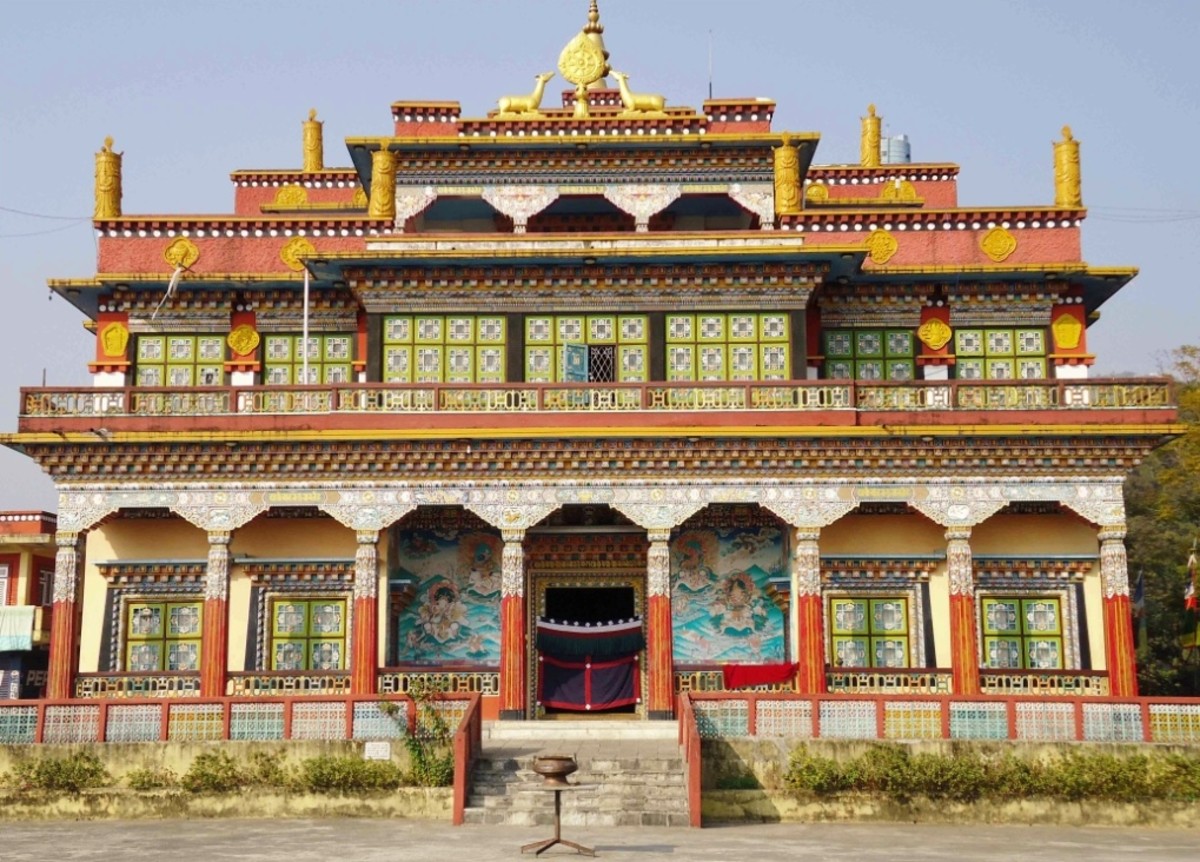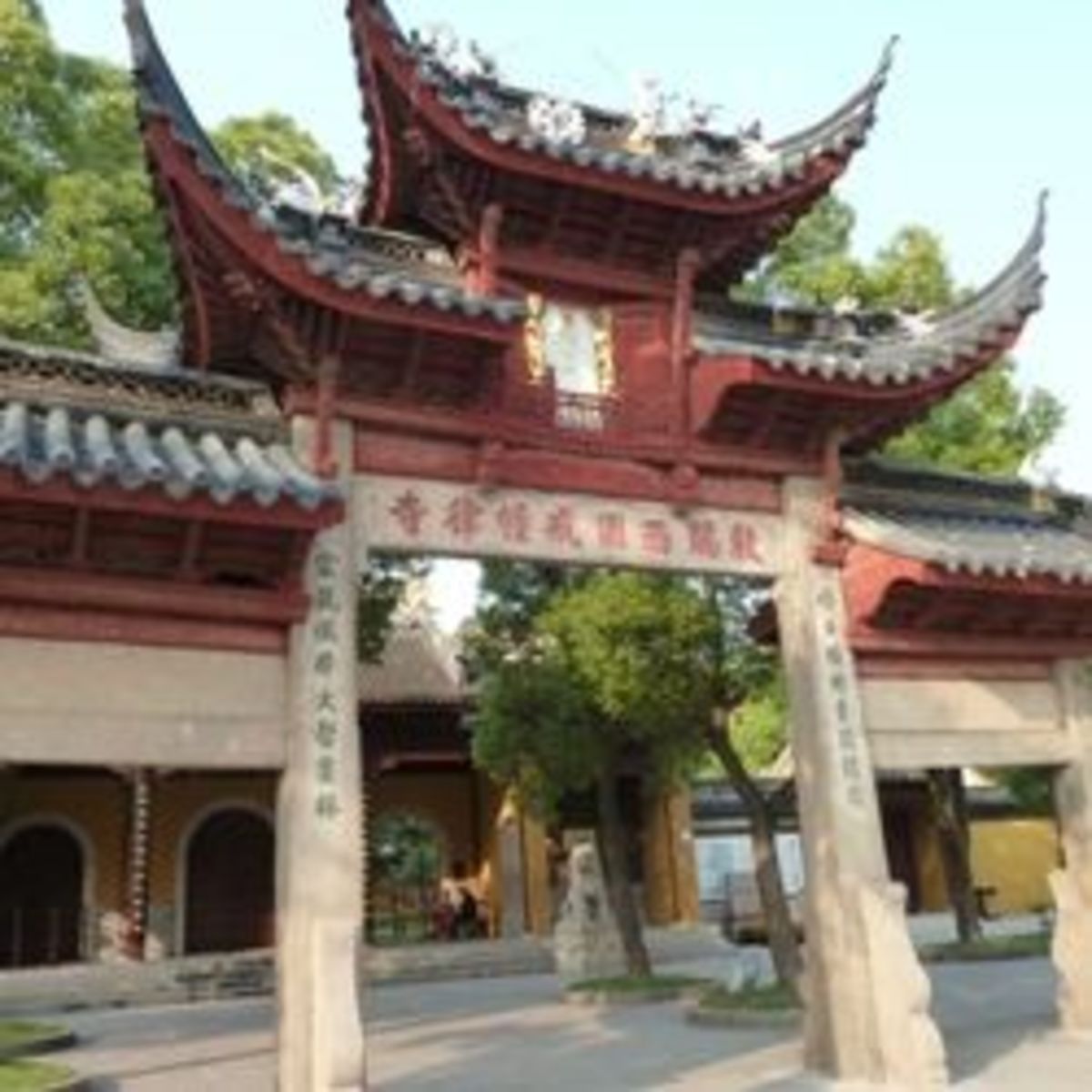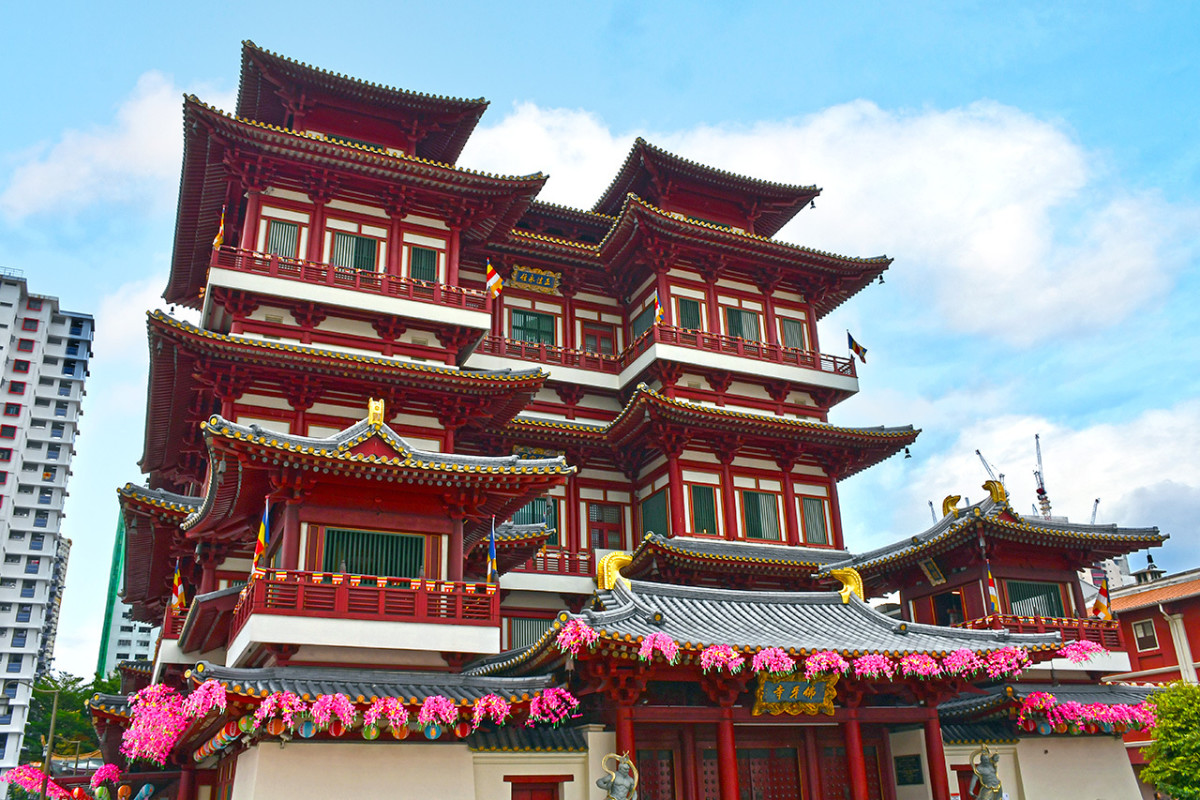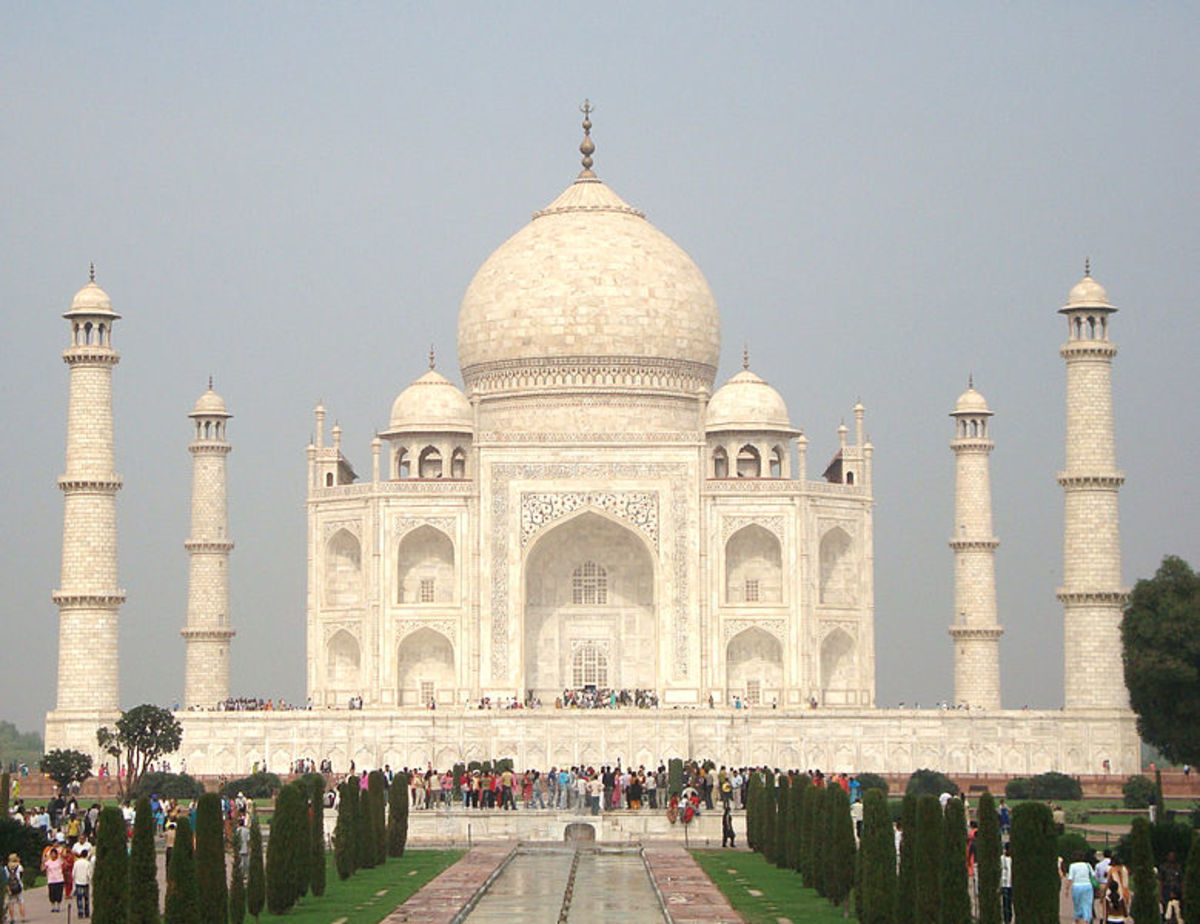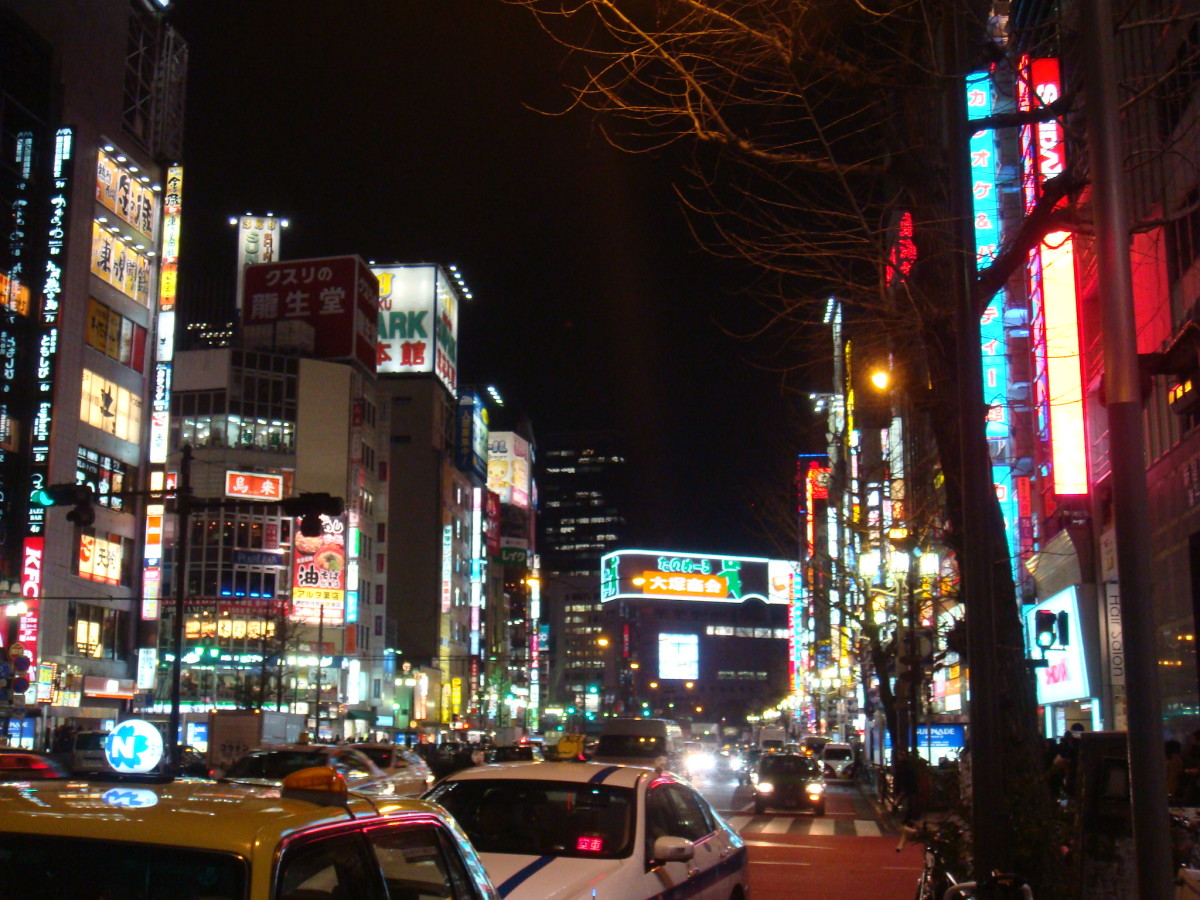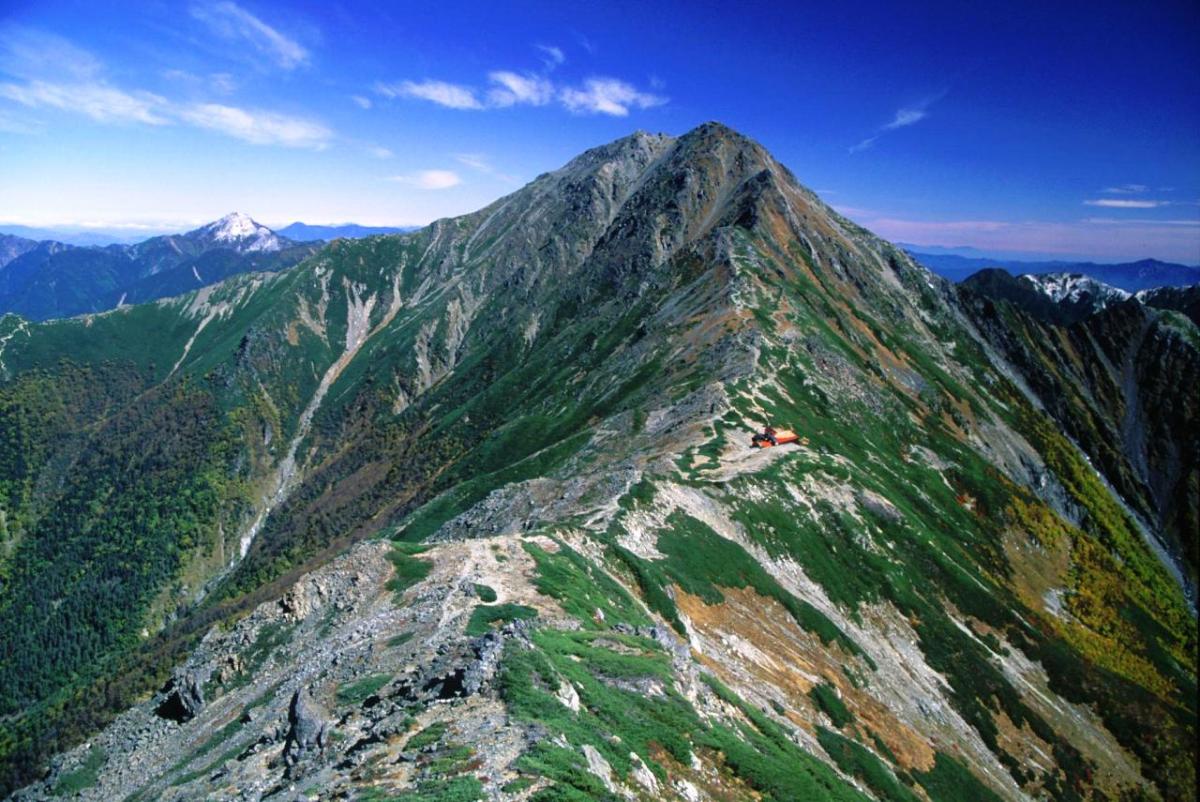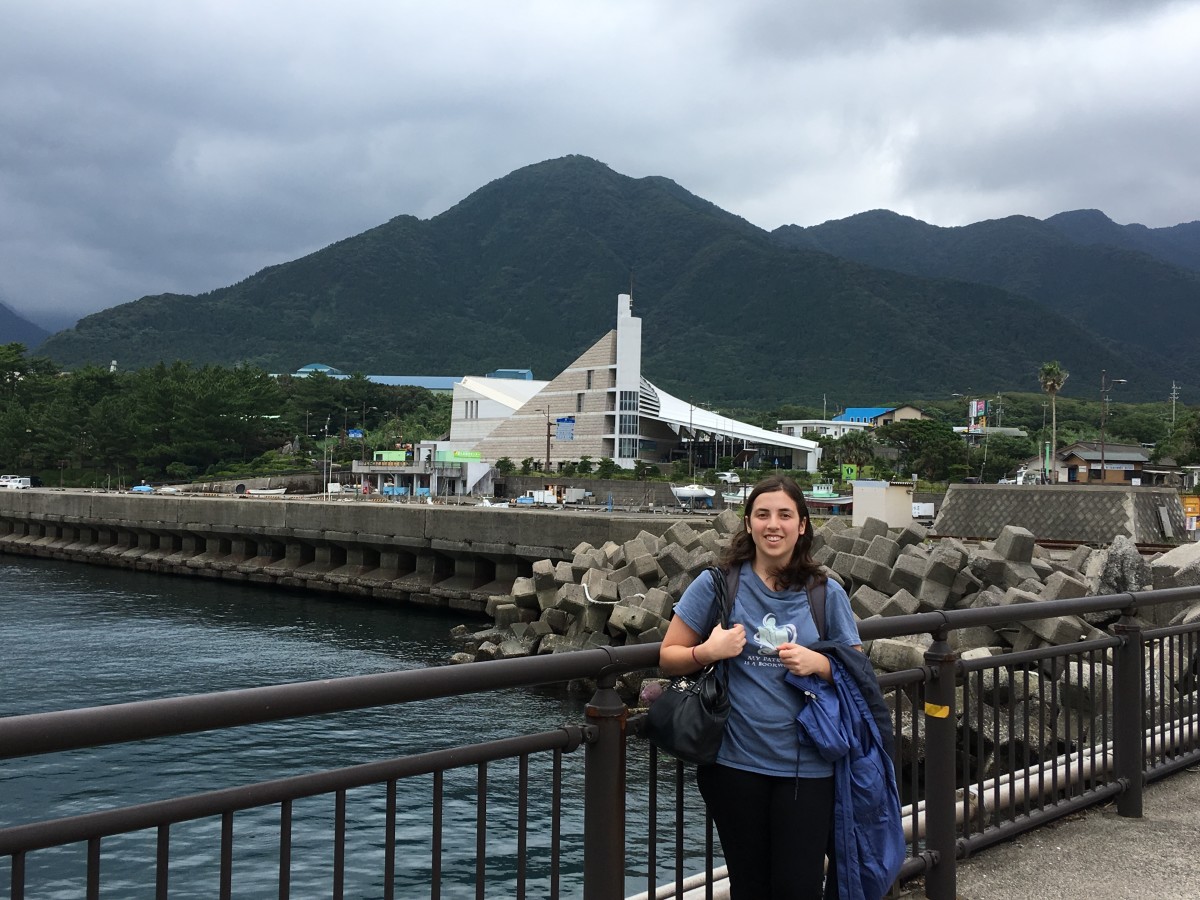- HubPages»
- Travel and Places»
- Visiting Asia»
- Eastern Asia
10 Finest Shrines and Temples in Japan
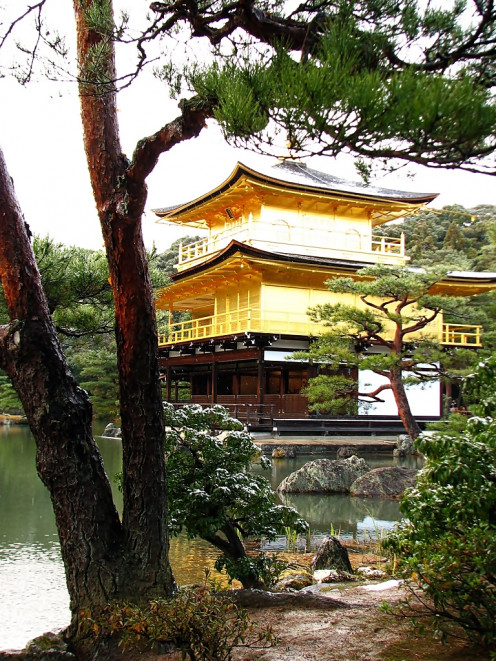
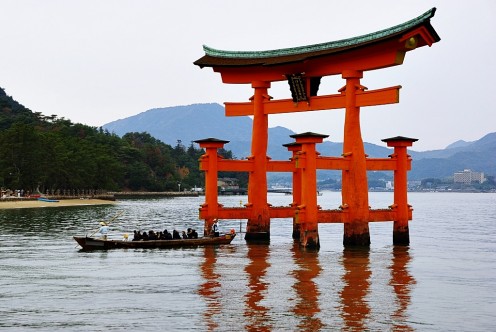
Traveling Japan without experiencing its well-preserved and historic shrines and temples is like visiting a place without understanding the character that makes it distinct.
In this archipelago in East Asia, shrines and temples abound and represent a significant part of Japanese people’s faith, history, and self-identity.
Japanese Shinto Shrines
Japanese shrines are holy places where Japanese people worship Shinto gods or kami and pray for prosperity, health, and happiness.
People visit the shrines during holidays, festivals or matsuri, to express devotion, to ask for specific blessings, or after the birth of an infant.
There are about 90,000 shrines in Japan that are clustered into a complex range of sects and schools.
These shrines are grouped into many types, including:
- Daikoku - Ebisu Shrines for wealth and prosperity
- Gion Shrines for protecting people against evil and epidemics
- Goryō Shrines for appeasing dead souls and angry spirits
- Hie Shrines for happy marriage and kids
- Izumo Taisha for happy marriage and medicine
- Mikumari Myōjin Shrines for children and rain
- Konpira Shrines for seafaring, navigation, and fishing
- Inari Shrines for rice, fox, and agriculture
- Yakumo Shrines for health, sickness, and epidemics
Shrines are recognizable for their common structures that may include:
- Torii. This is the gateway to the shrine. A torii is made of wood and is usually painted in colors and carved with prints.
- Komainu. These are the protectors of the shrine. They appear either as a pair of lions or dogs. They can be found at the shrine’s doorway.
- Stage. This is the stage where traditional bugaku dances are held.
Japanese Buddhist Temples
Temples in Japan are places for prayer in Buddhism. In these temples, holy artifacts are on display for people to appreciate and worship.
Buddhist temples proliferate in Japan and are likely to be found in each municipality.
They generally serve as monasteries for Buddhist monks.
Some of the structures that are commonly found in Japanese Buddhist temples include the following:
- Cemetery. Many of the cemeteries in Japan are located within temple compounds. Thus, many of the people buried there were Buddhist believers. Many Japanese people visit the graves of their departed loved ones in cemeteries during the Obon holidays, when millions of Japanese are officially off from work or school and therefore go back to their hometowns to tend to their ancestors’ graves.
- Bell. During New Year, the bell in the bell tower is rung 108 times, representing the 108 worldly desires that Buddhism stands firm against.
- Pagoda. A pagoda is a stupa that can have either three or five stories. Inside the pagoda are the representations of Buddha’s remains.
- Gates. Marking the grand entrance of temple grounds is a main gate. There may be other gates spread around the temple compounds but the main gate is usually the most imposing and intricately decorated.
- Main Hall and Lecture Hall. The main hall and lecture hall are where sacred objects are displayed. The main hall, however, is usually bigger than the lecture hall, which is used for meeting and giving out Buddhist lectures.
Shinto Shrine and Buddhist Temple – The Structural Difference
While shrines and temples are similar in that they are both places for devotion, they are still structurally different.
A temple is usually massive in scale and can be a bit arresting in appearance.
A shrine, on the other hand, blends with nature and considers its environment as an essential part of its general appearance.
10 Most Amazing Shinto Shrines and Buddhist Temples in Japan
While there are many beautiful shrines and temples in Japan, below are arguably the finest.
1. Kinkakuji Temple
Considered as the Temple of Golden Pavilion, Kinkakuji Temple in the historic town of Kyoto literally shimmers in gold. Once a retirement villa of a shogun in the 14th century, Kinkakuji Temple is now a major tourist spot. It has three stories and an apex with a bronze phoenix. It is enlisted as a UNESCO World Heritage Site.
2. Kiyomizu Temple
Also in the historic town of Kyoto is the imposing Kiyomizu Temple, located in an elevated part of a steep hill overlooking Kyoto. The architectural grandeur of Kiyomizu Temple has been copied by lesser known temples in Japan. Kiyomizu Temple is also inscribed in the UNESCO World Heritage Site list.
3. Hase Kannon Temple
Hase Kannon Temple in Kamakura is most popular for its 30-foot wooden structure of the Kannon of Mercy. However, visitors of the temple are often more haunted by the sight of thousands of small images of Jizo, the deity believed to guard children. These images were donated by parents of aborted, miscarried, or stillborn infants.
4. Todaiji Temple
Housing the largest bronze Buddha statue is the Nara’s Todaiji Temple, which is also considered as the largest wooden architecture of the world. Thousands of visitors visit Todaiji Temple, impressed with its sheer size.
5. Myoryuji Temple
The Myoryuji Temple in Kanazawa is the epitome of a Ninja temple. It was built as a house of worship and a place that can thwart the onslaught of enemies. At Myoryuji Temple, visitors can discover hidden stairwells, tricky traps, covert rooms, and even sly doors.
6. Toshogu Shrine
Included in the UNESCO World Heritage Site is the Toshogu Shrine in Nikko. Toshogu Shrine was originally built for Japan’s most powerful shogun and is therefore magnificent in style. Nestled in a protected park where hundreds of cedar trees grow, it is covered in millions of golden leaves.
7. Itsukushima Shrine
Perhaps the most photographed shrine in Japan is the Itsukushima Shrine, made famous for its crimson torii that seems to float in the bucolic Seto Inland Sea. The Itsukushima Shrine’s torii has become one of the most familiar sights in Japan.
8. Ise Grand Shrines
The Ise Grand Shrines comprise the most visited and venerated shrines in the whole of Japan, attracting visitors for the past few centuries. Its Inner Shrine contains the famed Sacred Mirror.
9. Kotohiragu Shrine
In Shikoku, Japanese people climb 785 steps on the Yashima Plateau to get a breathtaking view of the Seto Inland Sea and to visit the Kotohiragu Shrine. This shrine is one of Japan’s most popular, owing largely to its towering location and long history.
10. Meiji Jingu Shrine
Located in the heart of metropolitan Tokyo is a silent, shady refuge called the Meiji Jingu Shrine. The Meiji Jingu Shrine is a modest yet dignified architecture that honors Japan’s Emperor Meiji and his wife.
Copyright © 2011 Kerlyn Bautista
All Rights Reserved
More Hubs about Travelling in Japan
- Japan Accommodations: 5 Best Places to Stay in Japan
- 10 Most Colorful Japanese Holidays
- 10 Imposing, Historic, Must-Visit Castles in Japan
- 10 Unforgettable UNESCO World Heritage Sites in Japan
- 10 Historic, Must-Visit Towns and Districts in Japan
- 10 Best Places to Visit When Travelling in Kyoto, Japan
- 10 Best Places to Visit When Travelling in Nara, Japan
- 10 Best Places to Visit When Travelling in Hokkaido, Japan
- 10 Best Places to Visit When Travelling in Okinawa, Japan
- Top 20 Places to Visit and Things to Do in Japan

